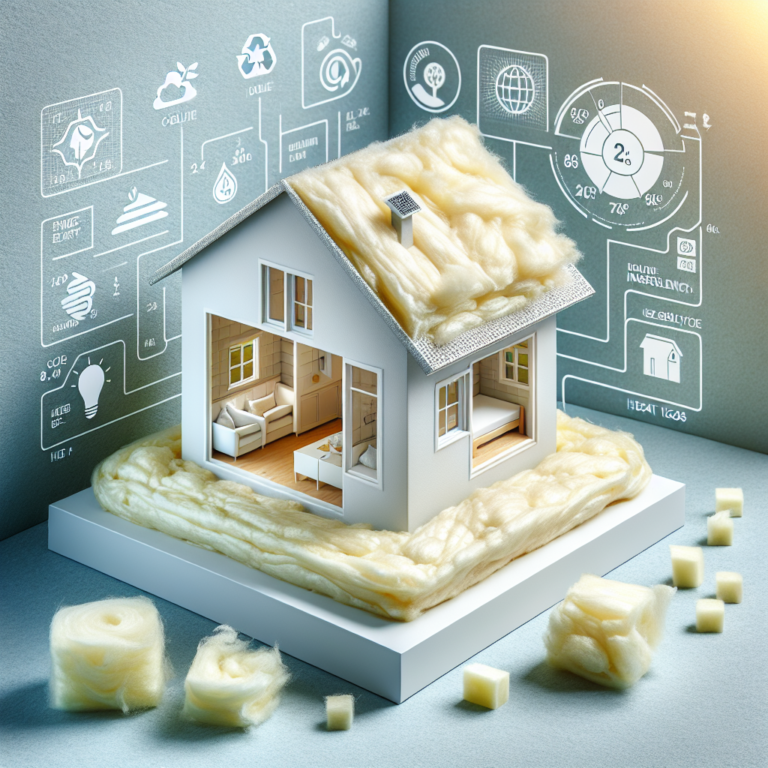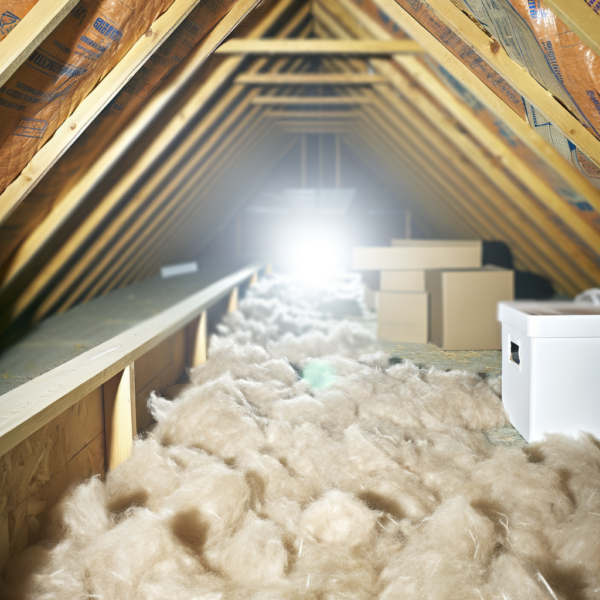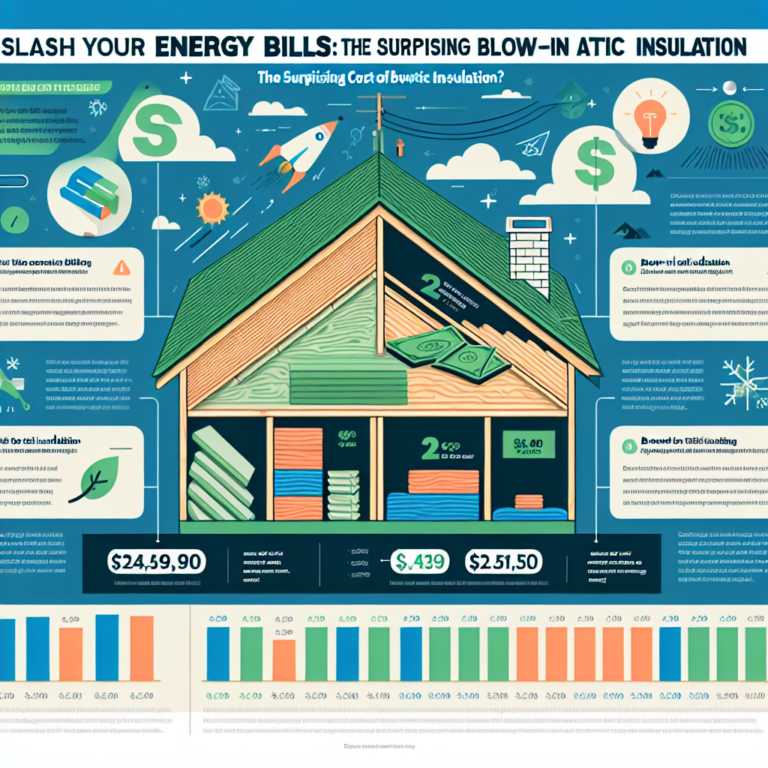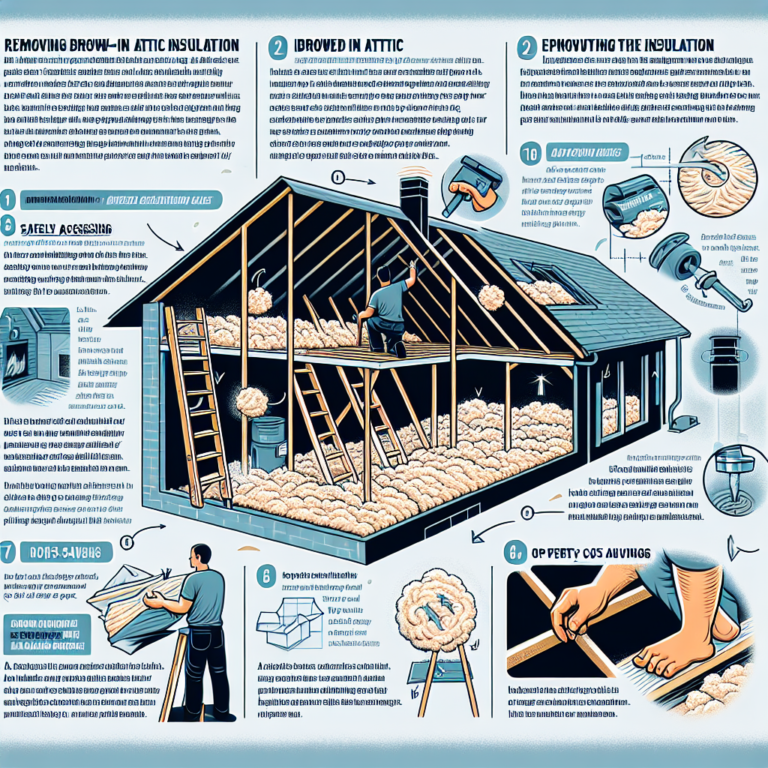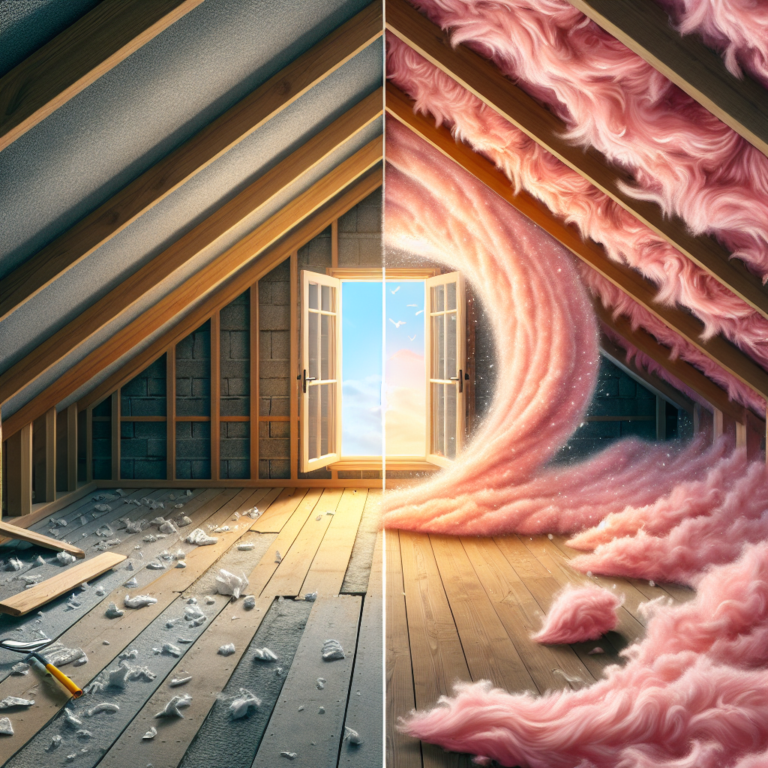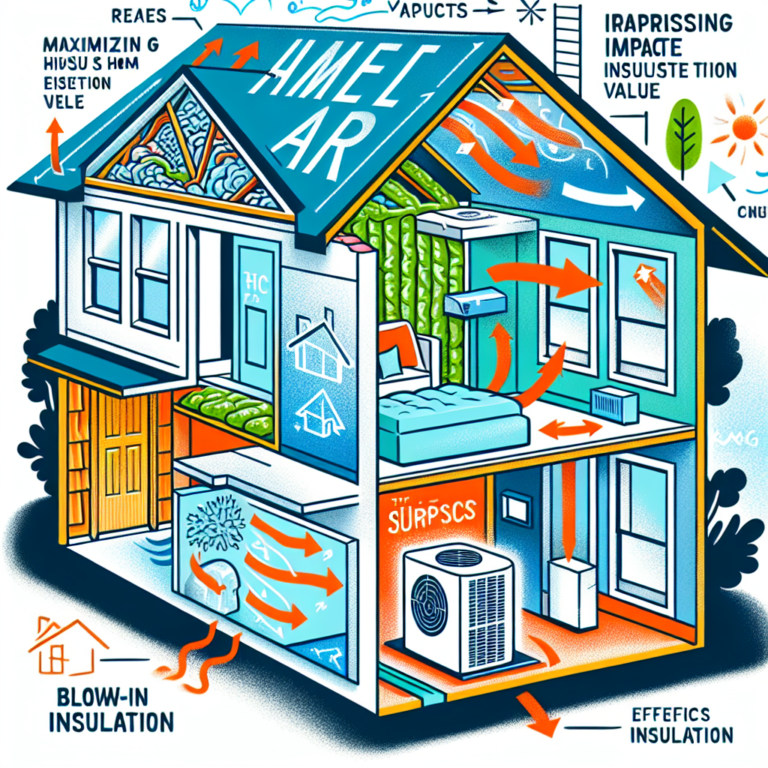Revamp Your Home with Sustainable Wool Blown Insulation: Say Goodbye to Blown-In Woes!
Introduction
Upgrading your home’s insulation is one of the smartest investments you can make for comfort and energy savings. If your existing blown-in insulation has settled, degraded, or lost its thermal efficiency, there’s a greener, more effective solution: wool blown insulation. Made from natural sheep’s wool fibers, this eco-friendly material not only outperforms many traditional options but also contributes to a healthier indoor environment. In this article, we’ll explore why wool blown insulation should top your list, how to install it, and how it stacks up against fiberglass and cellulose.
H2: Benefits of Wool Blown Insulation for Replacing Old Insulation
1. Natural, Renewable, Biodegradable
• Sourced from sheep’s wool, a byproduct of agriculture
• Fully biodegradable at end of life—no landfill burden
• Free of formaldehyde, glass fibers, and chemical irritants
2. Superior Thermal Performance
• High R-value per inch traps heat in winter and blocks heat in summer
• Maintains loft and insulating power over decades—no settling issues
• Reduces heating and cooling bills by up to 30–40%
3. Moisture Management and Mold Resistance
• Naturally hygroscopic: absorbs and releases moisture without losing R-value
• Balances indoor humidity to prevent condensation, mold, and mildew
• Ideal for humid climates and older homes with variable dampness
4. Enhanced Soundproofing
• Dense wool fibers absorb airborne noise and reduce echo
• Creates a quieter living space—perfect for urban dwellings, home theaters, and nurseries
5. Fire Resistance and Pest Deterrence
• Wool is naturally fire-retardant, self-extinguishing when flame source is removed
• Resists pests and insects better than cellulose or fiberglass
6. Healthier Indoor Air Quality
• No volatile organic compounds (VOCs) or toxic additives
• Safe for allergy sufferers and households with children or pets
H2: Step-by-Step Guide to Replacing Blown-In Insulation with Wool Blown Insulation
1. Assess Existing Insulation
• Inspect attic and wall cavities for moisture damage, mold, and settling
• Measure square footage and depth to calculate wool blown insulation needs
2. Prepare the Work Area
• Seal air leaks around vents, wires, and plumbing penetrations
• Lay drop cloths and set up lighting and ladders for safe access
3. Remove Old Insulation
• Wear protective gear (gloves, mask, goggles)
• Use a utility knife and insulated vacuum to extract damaged or compressed material
4. Load and Calibrate the Blowing Machine
• Follow manufacturer instructions for wool blown insulation density
• Test spray pattern to ensure even coverage
5. Install Wool Blown Insulation
• Begin at the farthest corner of the attic; work back toward the access point
• Maintain uniform depth (typically 10–14 inches for attics)
• For wall cavities, drill small holes, blow in insulation, and seal holes with drywall patches
6. Fill Gaps and Cracks
• Use leftover wool to seal around joists, attic hatches, and rim joists
• Ensure no voids remain for maximum thermal performance
7. Inspect and Clean Up
• Verify consistent insulation depth with a measuring stick
• Remove debris and vacuum dust; dispose of old insulation responsibly
8. Enjoy Immediate Benefits
• Noticeable reduction in drafts and temperature swings
• Lower energy bills and a quieter, healthier home environment
H2: Comparing the Cost and Effectiveness of Wool Blown Insulation vs. Other Materials
• Upfront Cost: Wool blown insulation typically runs $1.80–$3.50 per square foot, versus $0.50–$1.50 for fiberglass or cellulose.
• Long-Term Savings: Higher R-value and no settling translate to greater energy savings over time—often offsetting the initial price premium.
• Installation Ease: Blown wool fills irregular cavities and hard-to-reach areas more efficiently than batts or boards.
• Environmental Impact: Wool’s low embodied energy and renewable sourcing beat out petroleum-based or glass-manufactured alternatives.
• Health & Safety: No airborne glass fibers, formaldehyde, or chemical fire retardants make wool the safer choice during installation and habitation.
H2: Q&A About Wool Blown Insulation
Q: How long does wool blown insulation last?
A: Properly installed wool blown insulation can retain its shape and performance for 30 years or more without settling.
Q: Is wool blown insulation suitable for all climates?
A: Yes. Its moisture-buffering properties make it excellent in both humid and dry environments, maintaining thermal efficiency year-round.
Q: Can I install wool blown insulation myself?
A: DIY kits are available, but rental blowing machines and proper training are essential. For best results, consider hiring a certified installer.
H2: Conclusion
Revamping your home with sustainable wool blown insulation is more than an eco-friendly choice—it’s a long-term investment in comfort, health, and energy savings. By choosing wool blown insulation, you harness a natural, renewable material that outperforms many traditional options, resists moisture and mold, dampens noise, and improves indoor air quality. Say goodbye to blown-in woes and hello to a cozier, quieter, and more efficient home.


